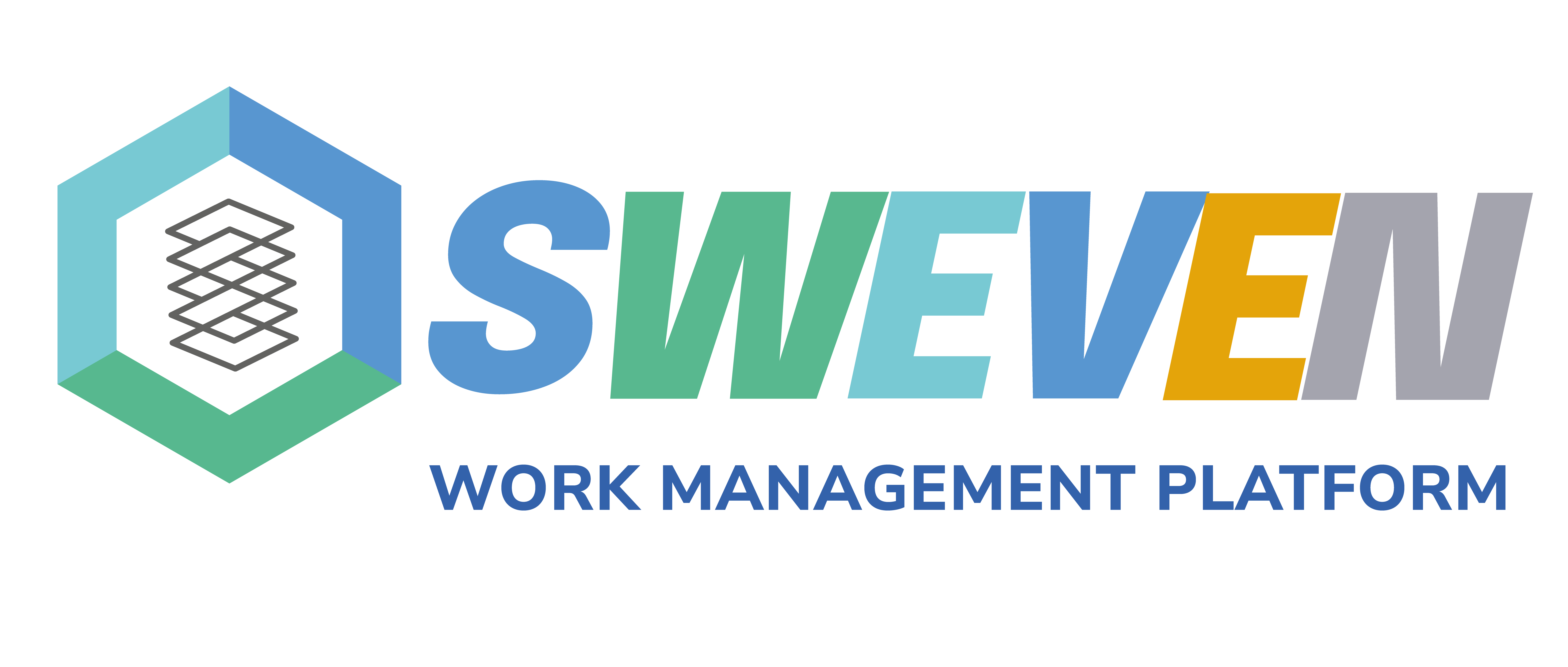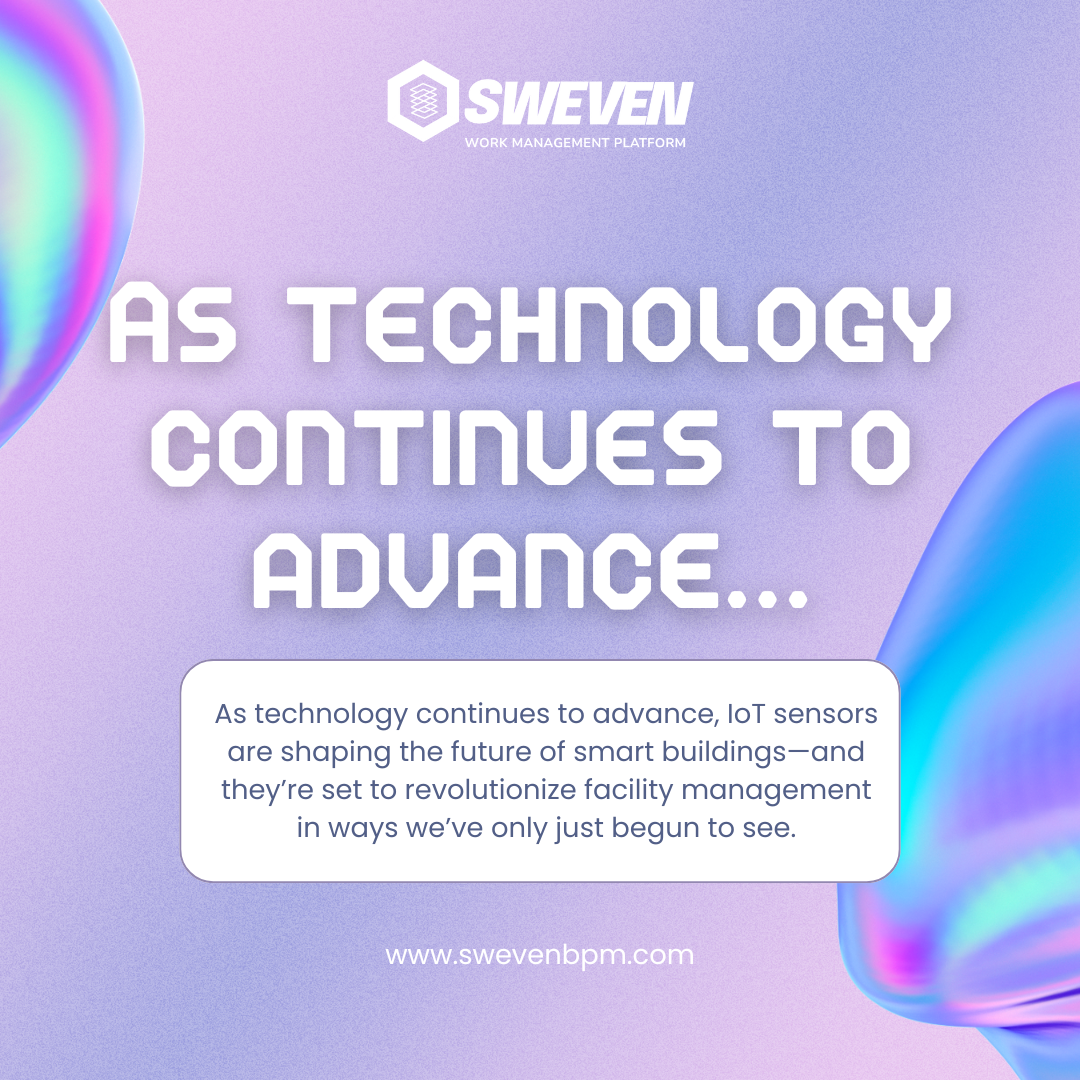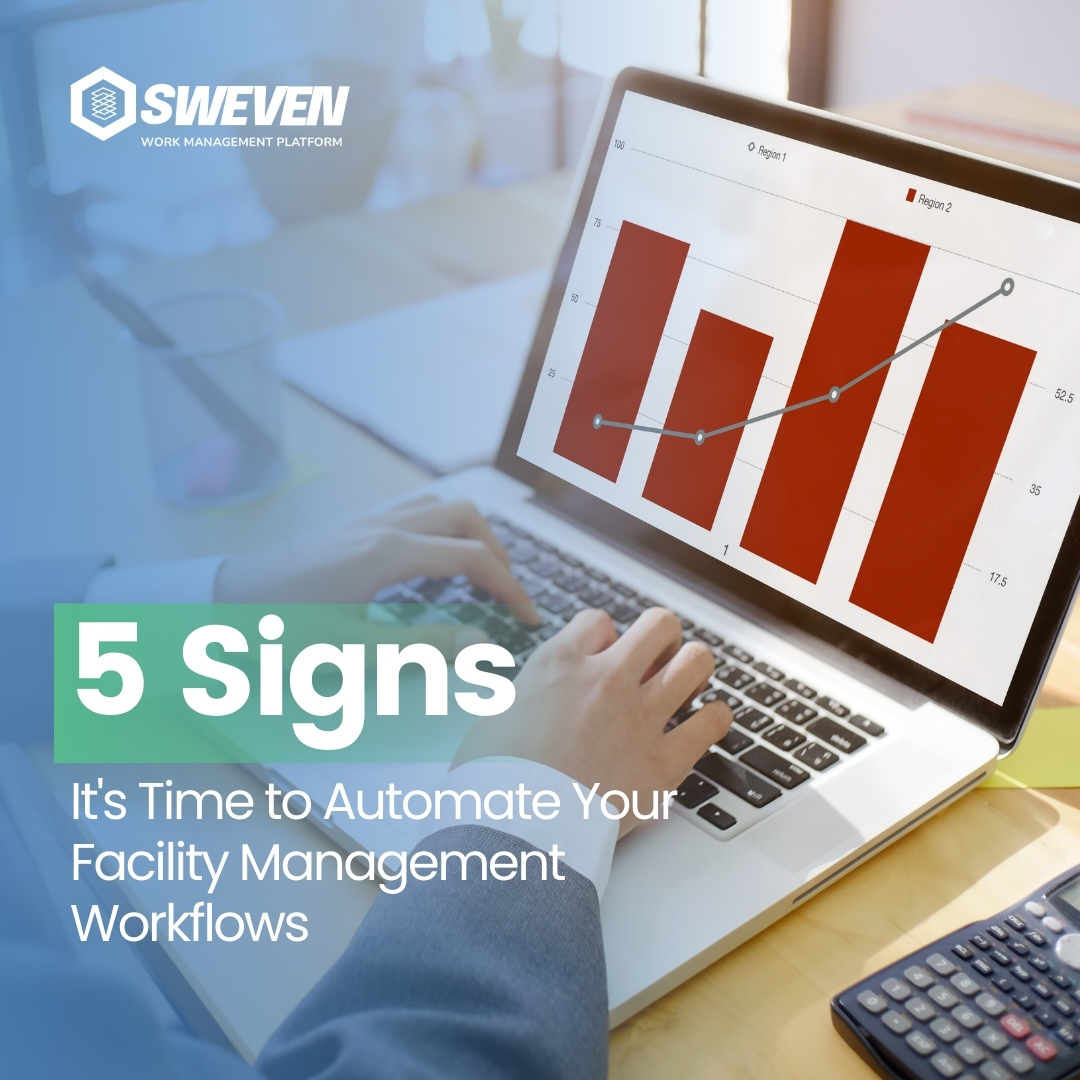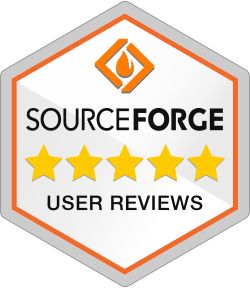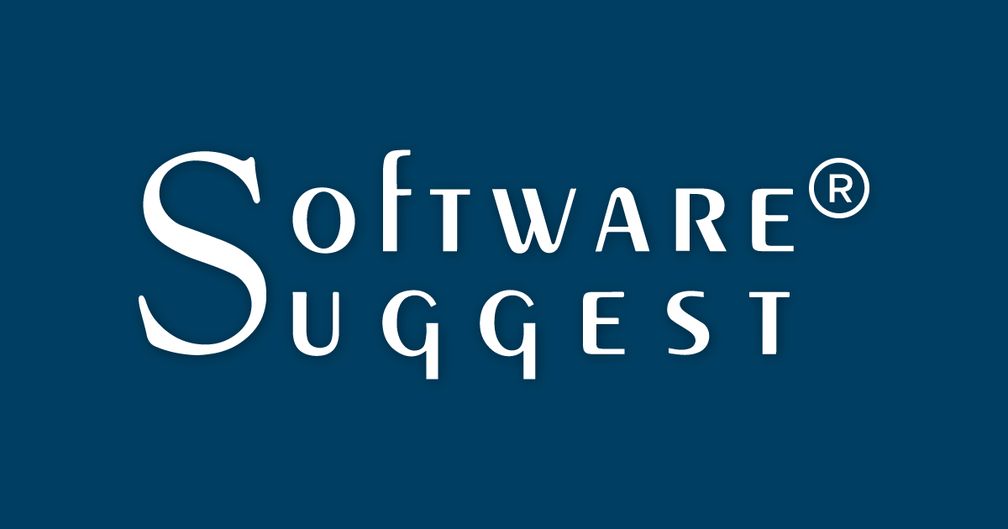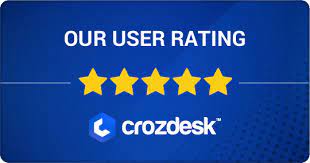Introduction

In today’s fast-paced digital age, technological advancements continue to revolutionize various aspects of business operations. However, many organizations still underutilize these advancements, particularly in facility management. This blog explores the challenges of underutilized technological advancements in facility management and presents cutting-edge facility management software as a solution to optimize facility operations and enhance efficiency.
The Problem: Underutilized Technological Advancements
Despite the abundance of technological advancements, many organizations still rely on outdated methods and manual processes for facility management. This leads to several challenges:
1. Inefficient Operations: Manual processes and outdated systems result in inefficiencies in facility management operations, such as maintenance scheduling, asset tracking, and space utilization.
2. Limited Visibility: Lack of real-time data and analytics hinders visibility into facility performance, making it difficult to identify areas for improvement and optimize resource allocation.
3. Increased Costs: Inefficient operations and reactive maintenance practices contribute to higher operational costs, including maintenance expenses, energy consumption, and labor costs.
4. Poor Decision-Making: Without access to timely and accurate data, facility managers may make suboptimal decisions regarding resource allocation, maintenance priorities, and space utilization.
5. Risk of Equipment Failures: Reactive maintenance practices increase the risk of equipment failures and downtime, disrupting operations and impacting productivity.
The Solution: Leveraging Cutting-Edge Facility Management Software

Cutting-edge facility management software offers a comprehensive solution to address the challenges of underutilized technological advancements. By harnessing the power of data analytics, automation, and connectivity, these software solutions enable organizations to optimize facility operations, reduce costs, and improve decision-making. Here’s how:
Key Features and Benefits of Facility Management Software
1. Asset Management and Maintenance
– Asset Tracking: Facility management software provides centralized asset databases, allowing organizations to track equipment, components, and maintenance histories in real-time.
– Preventive Maintenance: Automated preventive maintenance scheduling and notifications help organizations proactively address maintenance needs, reducing downtime and extending asset lifespan.
2. Space Management and Utilization
– Space Optimization: Facility management software includes space management tools that optimize space allocation, layout, and utilization, maximizing efficiency and reducing real estate costs.
– Space Planning: Advanced space planning features allow organizations to visualize and plan space layouts, moves, and renovations, ensuring optimal use of available space.
3. Energy Management and Sustainability
– Energy Monitoring: Real-time energy monitoring and analytics help organizations track energy consumption, identify inefficiencies, and implement strategies to reduce energy costs and carbon footprint.
– Sustainability Initiatives: Facility management software supports sustainability initiatives by facilitating energy conservation, waste reduction, and environmentally friendly practices.
4. Work Order Management and Collaboration
– Work Order Automation: Automated work order generation, assignment, and tracking streamline maintenance processes, improve response times, and enhance collaboration between facility teams.
– Mobile Accessibility: Mobile-friendly interfaces enable technicians to access work orders, documentation, and asset information on the go, increasing productivity and responsiveness.
5. Compliance and Risk Management
– Regulatory Compliance: Facility management software helps organizations maintain compliance with industry regulations, safety standards, and environmental requirements through automated reporting and documentation.
– Risk Assessment: Risk management tools identify and assess potential risks related to facility operations, equipment failures, and regulatory non-compliance, enabling proactive risk mitigation strategies.
6. Data Analytics and Reporting
– Real-Time Analytics: Advanced analytics capabilities provide real-time insights into facility performance, equipment health, and operational trends, empowering data-driven decision-making.
– Customized Reporting: Customizable reporting features allow organizations to generate tailored reports, dashboards, and Key Performance Indicators (KPIs) to monitor and measure facility performance.
Implementing Cutting-Edge Facility Management Software
To successfully implement cutting-edge facility management software, organizations should follow a strategic approach:
1. Needs Assessment and Planning
– Identify Requirements: Assess current facility management processes, identify pain points, and define specific requirements and objectives for the new software solution.
– Engage Stakeholders: Involve key stakeholders, including facility managers, maintenance teams, IT professionals, and end-users, to ensure their needs are considered in the selection process.
2. Vendor Evaluation and Selection
– Research and Evaluate: Research and evaluate different facility management software solutions based on your organization’s requirements, budget, scalability, and compatibility with existing systems.
– Request Demos and References: Request product demonstrations, customer references, and case studies to validate the capabilities and suitability of the software solutions.
3. Implementation and Integration
– Data Migration: Plan and execute data migration from existing systems to the new facility management software, ensuring data accuracy and integrity.
– System Integration: Integrate the facility management software with existing enterprise systems, such as Enterprise Resource Planning (ERP), Building Management Systems (BMS), and Internet of Things (IoT) devices, for seamless data exchange and workflow automation.
4. Training and Adoption
– User Training: Provide comprehensive training to facility managers, maintenance teams, and other users on how to use the new software effectively.
– Change Management: Implement change management strategies to address resistance to change, promote user adoption, and ensure a smooth transition to the new software solution.
5. Continuous Improvement
– Feedback and Evaluation: Gather feedback from users and stakeholders to identify areas for improvement and optimization of the facility management software.
– Software Updates and Upgrades: Stay updated with software updates and new releases to leverage the latest features, enhancements, and security patches.

Conclusion
Underutilized technological advancements in facility management can hinder operational efficiency, increase costs, and pose risks to organizations. However, by leveraging cutting-edge facility management software, organizations can unlock the full potential of technology to optimize facility operations, reduce costs, and enhance decision-making. By incorporating features such as asset management, space optimization, energy monitoring, work order automation, compliance management, and data analytics, facility management software empowers organizations to streamline processes, improve productivity, and achieve sustainable business outcomes.
Call to Action
Are you ready to take your facility management to the next level with cutting-edge software solutions? Contact us today to learn more about our comprehensive facility management software and how it can transform your operations. Let us help you harness the power of technology to optimize your facility performance, reduce costs, and drive greater efficiency and sustainability.
